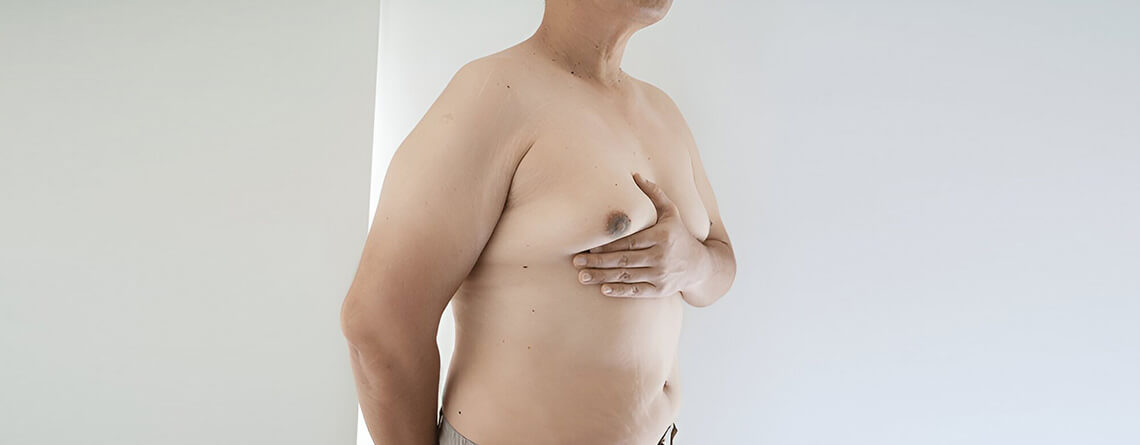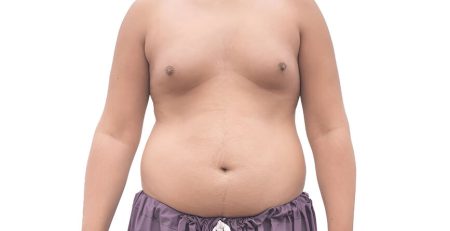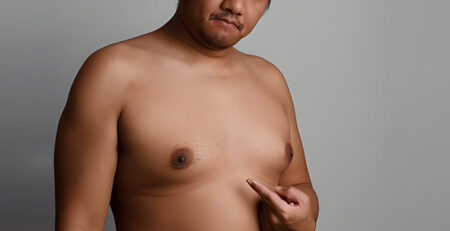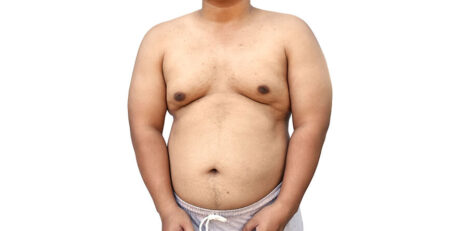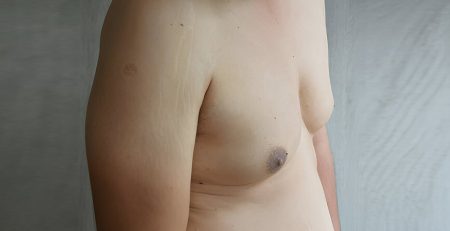How do You Know if You Have Gynecomastia?
Have you ever noticed some puffiness or swelling in your chest that just won’t go away, no matter how much you exercise or diet? If you’ve been feeling self-conscious about it and wondering if it could be more than just stubborn fat, you might be dealing with gynecomastia. But how can you be sure? The good news is, there are a few simple checks you can do at home to determine if what you’re experiencing might be gynecomastia.
In this blog, we’ll guide you through some home tests, signs to watch out for, and how gynecomastia surgery in Delhi, can be the solution if you’re looking for a permanent fix. Plus, we’ll explain what the gynecomastia surgery procedure entails and how it can help you regain your confidence.
What is Gynecomastia?
Gynecomastia is the medical term for the enlargement of male breast tissue caused by an imbalance between estrogen and testosterone levels. Unlike fat buildup due to weight gain, gynecomastia involves actual glandular tissue, which can be firm, tender, and resistant to exercise or weight loss.
Did you know? Gynecomastia can affect men at various stages of life—during puberty, middle age, or even later due to hormonal changes. It’s more common than you might think, affecting nearly 30% of men at some point in their lives.
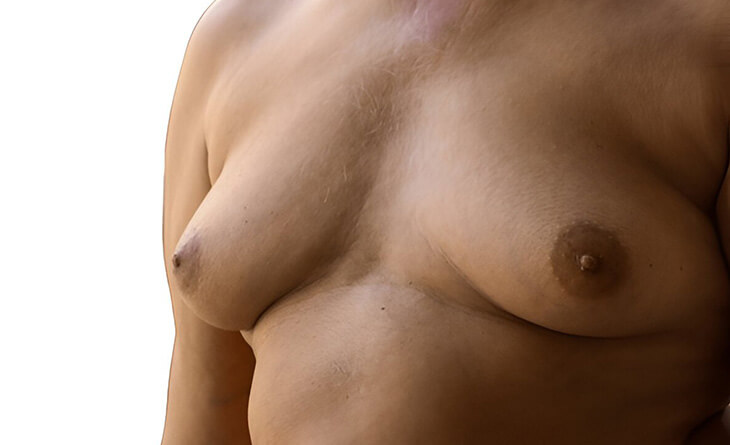
Home Tests to Check for Gynecomastia
While it’s always best to get a professional diagnosis, there are a few simple checks you can do at home to help you determine if you might have gynecomastia.
- The Pinch Test
- How to do it: Stand in front of a mirror and gently pinch the area around your nipple between your thumb and index finger. If you feel a firm, rubbery disc-like tissue directly beneath the nipple, it could be gynecomastia.
- What to look for: Unlike fat, which feels soft and moves around easily, glandular tissue is firmer and more localized beneath the nipple.
Note: If the tissue is tender to touch or causes discomfort, it could be another sign that you have gynecomastia rather than just fat deposits.
- The Chest Symmetry Test
- How to do it: Take a closer look at your chest in the mirror. Raise your arms and notice if one side appears more swollen than the other.
- What to look for: Gynecomastia often occurs on both sides but can sometimes be asymmetrical. If one breast appears larger or puffier than the other, this might indicate the presence of glandular tissue.
Pro Tip: If you’ve been losing weight but the chest puffiness remains, it’s likely due to gynecomastia since glandular tissue doesn’t respond to fat loss.
- The Nipple Sensitivity Check
- How to do it: Lightly press around the nipple area and check for any unusual tenderness or pain.
- What to look for: Gynecomastia can cause increased sensitivity around the nipple area. If you notice tenderness that doesn’t occur elsewhere in your chest, it could be due to enlarged breast tissue.
Quick Insight: Unlike muscle soreness from a workout, the sensitivity associated with gynecomastia is more localized around the nipple area.
Other Signs of Gynecomastia to Watch For
In addition to these simple tests, there are other signs that could indicate gynecomastia:
- Persistent Swelling: If you notice your chest remains swollen despite consistent exercise, it might be due to glandular tissue.
- Skin Stretch Marks: If your chest has rapidly increased in size, you may notice stretch marks, indicating an underlying tissue change rather than simple fat gain.
- Emotional Distress: Many men with gynecomastia experience self-consciousness and avoid wearing tight shirts or going shirtless.
What you might not know: Gynecomastia is not always linked to weight gain. Hormonal imbalances, medications, or even certain health conditions can cause it.
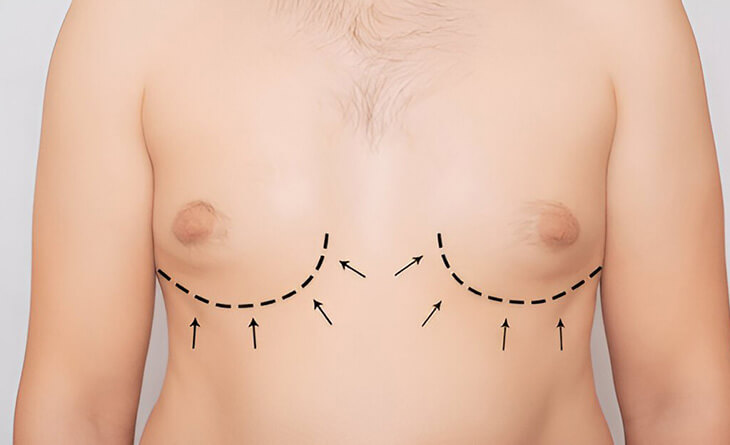
When Should You Consider Gynecomastia Surgery?
If you’ve tried these home tests and suspect you have gynecomastia, you may be wondering what your next steps are. While lifestyle changes and weight loss can help reduce chest fat, they often don’t affect the glandular tissue associated with gynecomastia. This is where gynecomastia surgery comes into play.
Gynecomastia surgery is a highly effective solution for removing excess breast tissue and restoring a flatter, more masculine chest. The gynecomastia surgery procedure typically involves:
- Consultation: A thorough consultation with a board-certified surgeon like Dr. Lokesh Handa will confirm your diagnosis and determine the best approach for surgery.
- Surgical Procedure: The surgery usually combines liposuction to remove excess fat with excision techniques to remove glandular tissue. This ensures long-lasting, natural-looking results.
- Recovery: Most patients can return to normal activities within a week, with full recovery in 4-6 weeks.
Did you know? The results from gynecomastia surgery are generally permanent, as glandular tissue does not grow back once removed.
Tips for a Smooth Recovery After Gynecomastia Surgery
If you decide to go for the gynecomastia surgery procedure, here are some tips to ensure a smooth recovery:
- Wear Compression Garments: These help reduce swelling and support your chest during the healing process.
- Avoid Strenuous Activities: For the first few weeks, avoid heavy lifting or intense workouts to allow proper healing.
- Stay Hydrated and Eat Nutrient-Rich Foods: Good nutrition speeds up recovery and helps reduce inflammation.
New Insight: Light walking can boost circulation and promote faster healing, but always follow your surgeon’s advice.
Take the Next Step with Dr. Lokesh Handa at Med Esthetiks
If your home tests suggest you might have gynecomastia, it’s time to seek a professional evaluation. At Med Esthetiks in Delhi, Dr. Lokesh Handa, a board-certified plastic surgeon, offers personalized gynecomastia surgery procedures designed to help you regain your confidence. With years of experience and a patient-centered approach, Dr. Handa ensures safe, effective results tailored to your unique needs.

Dr. Lokesh Handa
M.S, M.Ch
Sr Consultant Plastic, Aesthetic and
Hair Transplant Surgeon
Dr. Lokesh Handa, a board-certified plastic surgeon with over 15 years of experience, holds esteemed titles of M.S. and M.Ch. He serves as a Senior Consultant in Plastic, Aesthetic, and Hair Transplant Surgery.
As the Director of Med Esthetiks, his commitment to excellence is evident. Dr. Lokesh Handa is a distinguished member of renowned organizations, including ISAPS (International Society of Aesthetic Plastic Surgeons), APSI (Association of Plastic Surgeons of India), and IAAPS (Indian Association of Aesthetic Plastic Surgeons). With extensive expertise, he blends precision and artistry, offering unparalleled care in the realm of plastic surgery and contributing significantly to the advancement of aesthetic practices.
To book an appointment, call: +91-8800203431 or email: care@medesthetiks.com

